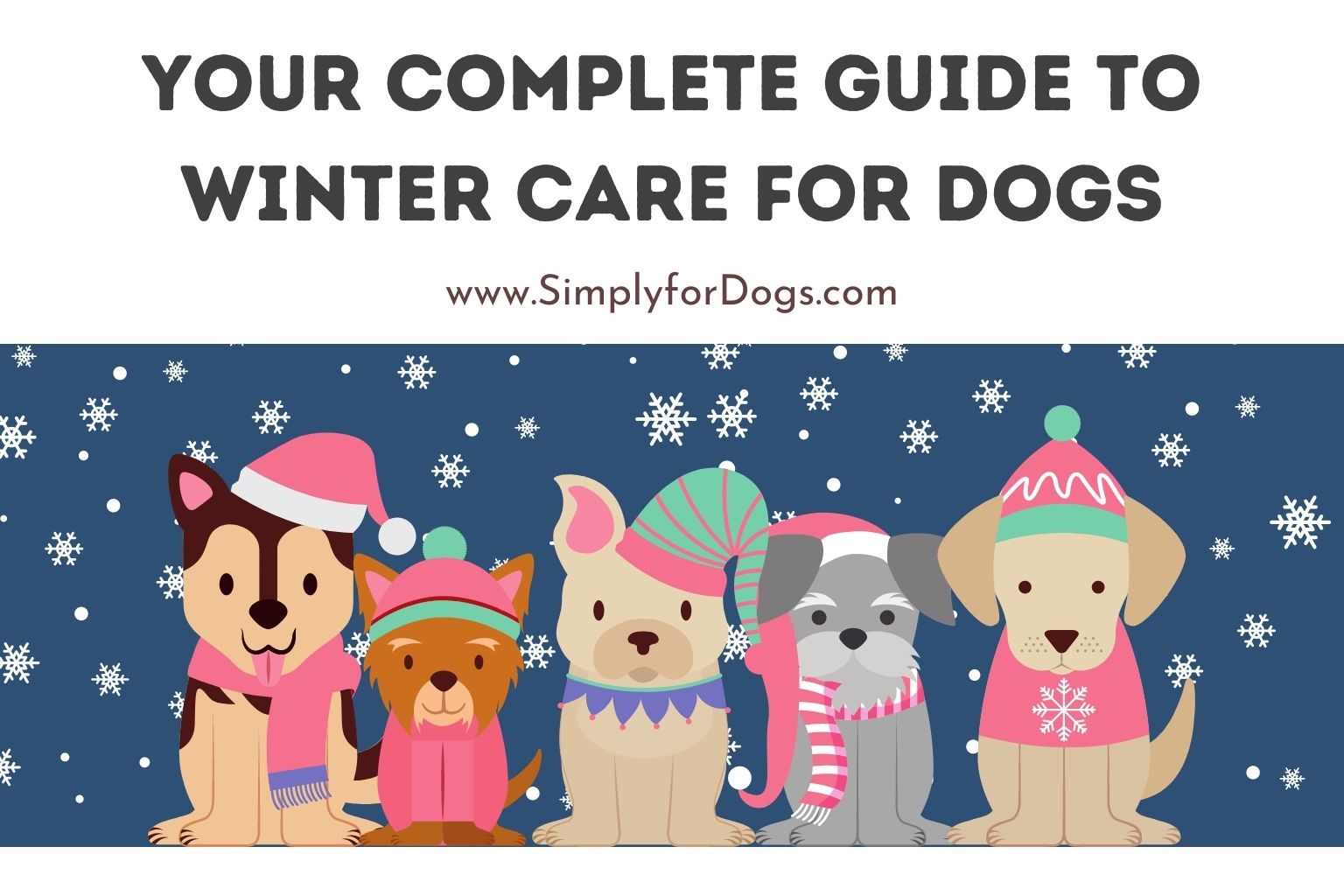It’s not quite winter just yet, but it’s getting there, and I always start thinking about it early. Maybe it’s due to living out in the country. I have to start planning how the hens will be cared for through the winter, what I’ll do with the garden beds, and of course, make plans for Janice and Leroy once it’s too cold to hit the dog park as often. Many dog owners don’t realize that there are some things that you’ll need to think about once the cold weather hits. But if you live in an area where it gets cold, icy, or snowy, you do need to make just a few plans.
We’ve talked before about a few different winter-weather topics when it comes to your pups. I researched how to find the best dog boots, and we talked about 16 ways to make your dog more comfortable this winter. But in this article, I want to give you a total guide of everything you’ll need to think about for the colder weather. You’ll have to do a little more planning and digging, but think of this article as a check list for what you need to consider before the snow starts to hit.
Dogs Care Products On Amazon
Last update on 2024-03-12 at 11:31 / Affiliate links / Images from Amazon Product Advertising API
Warmth
The biggest concern when it gets cold out is, of course, staying warm. Animals can succumb to hypothermia and frostbite just like humans. Don’t make the mistake of thinking that your dog’s fur will keep them warm. Dogs are domesticated animals, bred for centuries – or at the very least, generations – for living within the comforts of human settlements. They no longer have the wild features that protect wolves from the cold, for example, and dogs are also lacking some of the basic ways that wolves do stay warm – namely, a dry cave or hidey hole where they all huddle up and sleep for longer periods together. Your dog likely does not have a big pack to share warmth with.
To keep your dog warm, first, bring him inside more often. If he’s historically been an outside dog, it’s time to start teaching him to live inside for at least a few hours per day – preferably, the colder night time hours. If you can’t have your dog inside for any reason, consider training them to be in the garage, or be sure that they have a dry dog house filled with straw, clean and warm bedding, or something else that keeps them warm. A heated electric bed made for a doggie Igloo is a great choice for a dog that can be near the house – just be sure to keep that cord out of any liquid.
Safety
Safety during the winter months is a very big concern for animals. There are a handful of safety hazards that come around when it gets cold. Here are the biggest things to watch out for:
- Leaking antifreeze: If you use antifreeze in your car, be sure you keep an eye out for spills and leaks. This is deadly to dogs, even in very small doses, and for some reason, they seem to like the flavor. If your dog gets a lick, take them to the vet immediately.
- Getting lost: If your dog gets lost at any time of the year, it can be a scary and tragic experience; but in the winter, it’s even more worrying. Your dog will be lost in the cold weather, when they really need to be somewhere safe and warm. Be sure that your dog has a microchip and an ID tag, and check your fences and other security measures to prevent them getting out.
- Check under vehicles: If your dog is outside, be sure to check under your car before you pull away. Animals like to crawl under warm cars, where the ground is dry and free of snow.
- Don’t take them with you: If you’ll be going on an errand where your dog may have to stay in the car for a bit without you, don’t take them during the coldest months. Just like hot cars, very cold cars can be dangerous for a dog’s health.
- Avoid icy water: If you walk your dog near water that ices over the winter, be sure you have a good grip on them, or choose a different path. You can never be sure if your dog will run off after a bird or something over the ice, and you don’t know if the ice will hold their weight.
Related Content:
15 Things to Do Inside with Your Dog This Winter
16 Ways to Keep Your Dog Safe and Comfortable in Winter
How to Care for Your Pit Bull in Extreme Weather
Practical Concerns
There are a couple of practical concerns to consider when prepping for the cold weather with your dog. First, be sure you have a decent stock of dog food, or human food that is safe for dogs, on hand. If a blizzard hits, or if you are unable to drive due to icy conditions, you don’t want your dog to go hungry. Also consider having any other things you may need for your dog in bulk, such as prescriptions, heartworm pills or flea/tick medications if they are coming up due for a dose, and anything else.
You will need to make a plan for potty breaks. Many dogs, especially smaller breeds, do not like stepping into the snow to pee. You can either keep an area cleared off, with a path going to and from the door, or you can grab some puppy pads and keep them in the laundry room, bathroom, or garage, for days when your dog just will not go outside. Making them hold it can be detrimental to their health, so it’s best to simply train them to use the pad when absolutely necessary. If your dog is not accustomed to this, it may take time for them to learn what is appropriate, especially if they are already housebroken – they’ll be reluctant to go indoors. Be patient as they learn. If you have time before the weather hits, consider taking a puppy pad outside to where they usually pee, and training them to use it outdoors. Then they’ll have a leg up when winter rolls around.
Winter Holidays
The holidays can be a stressful time for everyone, your dog included. With so many people and all the activity, it’s normal for dogs to get a bit clingy around the holidays. Consider taking some extra time to reassure them during the holidays, or giving them a space in the house where guests are not allowed. If their anxiety is very pronounced, you may want to try a ThunderShirt for when guests are around.
Another thing to remember about the winter holidays is that there will be lots of things floating around that are bad for dogs. Bits of ribbon can be bad for their digestion, and all those winter holiday candies and deserts can be dangerous for dogs. Many people like to share their holiday ham or turkey with dogs, but remember that unless meat is plain and cooked without salt or sugar, it’s harmful for dogs. Get them their own special treat for the holidays, like some tasty dog jerky, instead.
Recognizing Problems
One important thing for keeping your dog safe during the winter months is knowing how to spot a problem. One big thing to keep an eye on is your dog’s feet. In the winter, dog paws can crack and bleed due to the cold, which becomes very painful for your dog. If you see your dog favoring a leg, or refusing to step outside to pee, check their paws to be sure you don’t see any signs of cracking. Another concern is that ice balls can build up between the padded areas, which is often caused by snow getting caught on the hair of the paw and sticking. Keep their paw hair trimmed and wipe their feet every time they come inside, and you’ll be able to avoid this problem.
A dog paw balm can be applied to “chapped” paws that are starting to look dry or cracked, to help them heal faster. Get something natural like Natural Paw Butter so that if your dog licks it, it won’t hurt them.
Another thing to watch for is any sign of frostbite or hypothermia. The biggest thing you can watch out for is changes in your dog’s behavior. Do they suddenly seem more anxious than usual? Are they slower than they usually are, or do they seem very weak? Dogs tend to look for warm places to burrow when they are hypothermic, and may not respond when you call them inside because they are doing just that. Also look out for a lot of whining and shivering, more than is usual. If you suspect that your dog has any of these symptoms, go to a vet right away. Frostbite isn’t usually detectable for several days, but by then it could be too late. It’s better to be safe by heading to the vet.
Breeds That Love the Cold
If you live in an area where it gets very cold very often, you may want to think ahead before adopting a dog at all. There are some dogs that just don’t do well in the cold, such as the hairless Chinese Crested. Other dogs, however, thrive in colder weather, and will need a lot less coaxing to enjoy the winter with you. Here are a few good choices:
- Akitas: These dogs have a very dense undercoat, ideal for winter weather. They come from an area in Japan where snow fall is heavy, so the breed is suited for lots of snowy days.
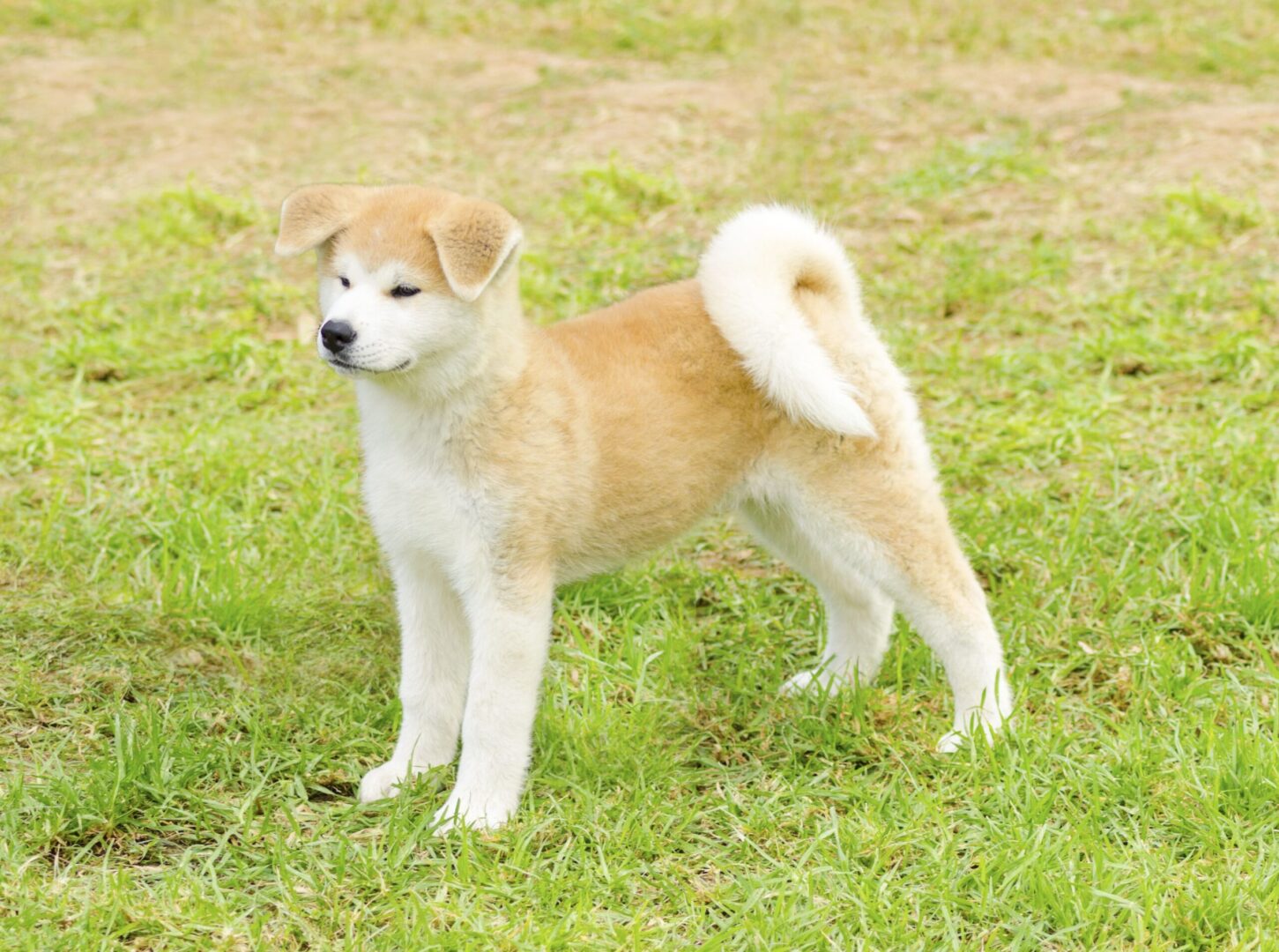
- Samoyed: These dogs are from Siberia, where they were originally bred for herding reindeer! Needless to say, they are well-suited for cold climates with their thick coats and active lifestyles, despite being a more compact breed.

- Malamute: This Alaskan-bred dog is obviously meant for life in Arctic terrains. They are often used as sledding dogs, and have a very thick coat that keeps them warm.

- American Eskimo Dog: It’s in the name! This is a good dog to have if you want a smaller breed, but live in a cold climate. They have very thick coats and are very active, which keeps them warmer.
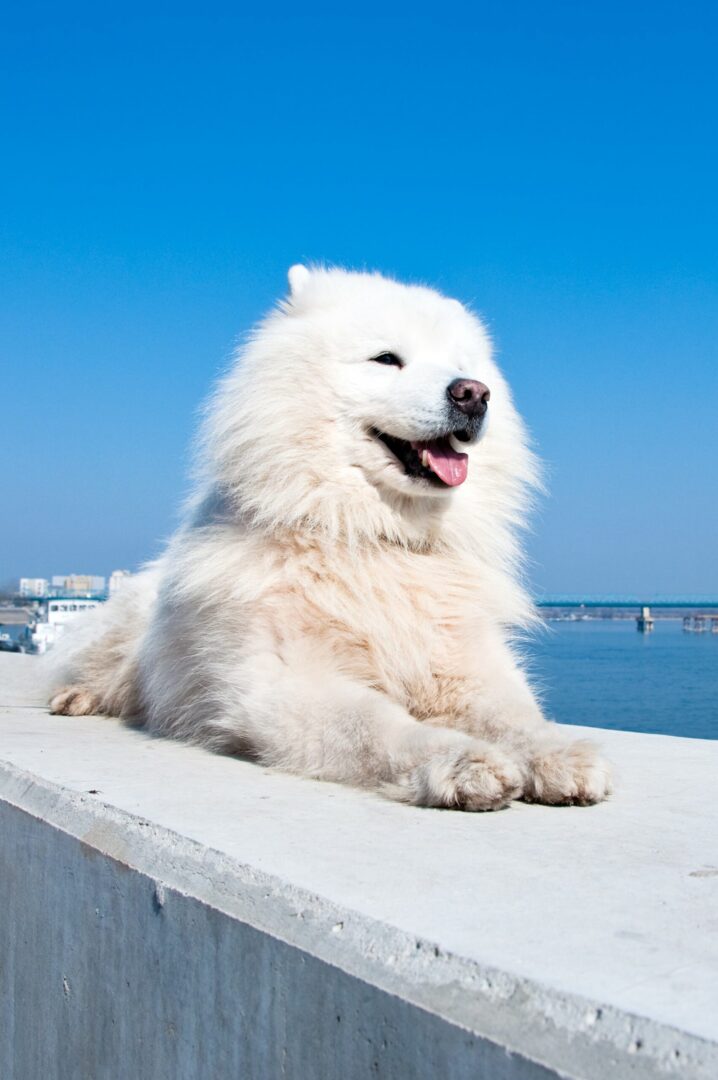
- Bernese Mountain Dog: Another dog that was bred to live in snowy mountainous regions, this dog is very popular for winter weather lovers.

- Chow Chow: Yep, they’ve got that big fluffy coat that will keep them warm.
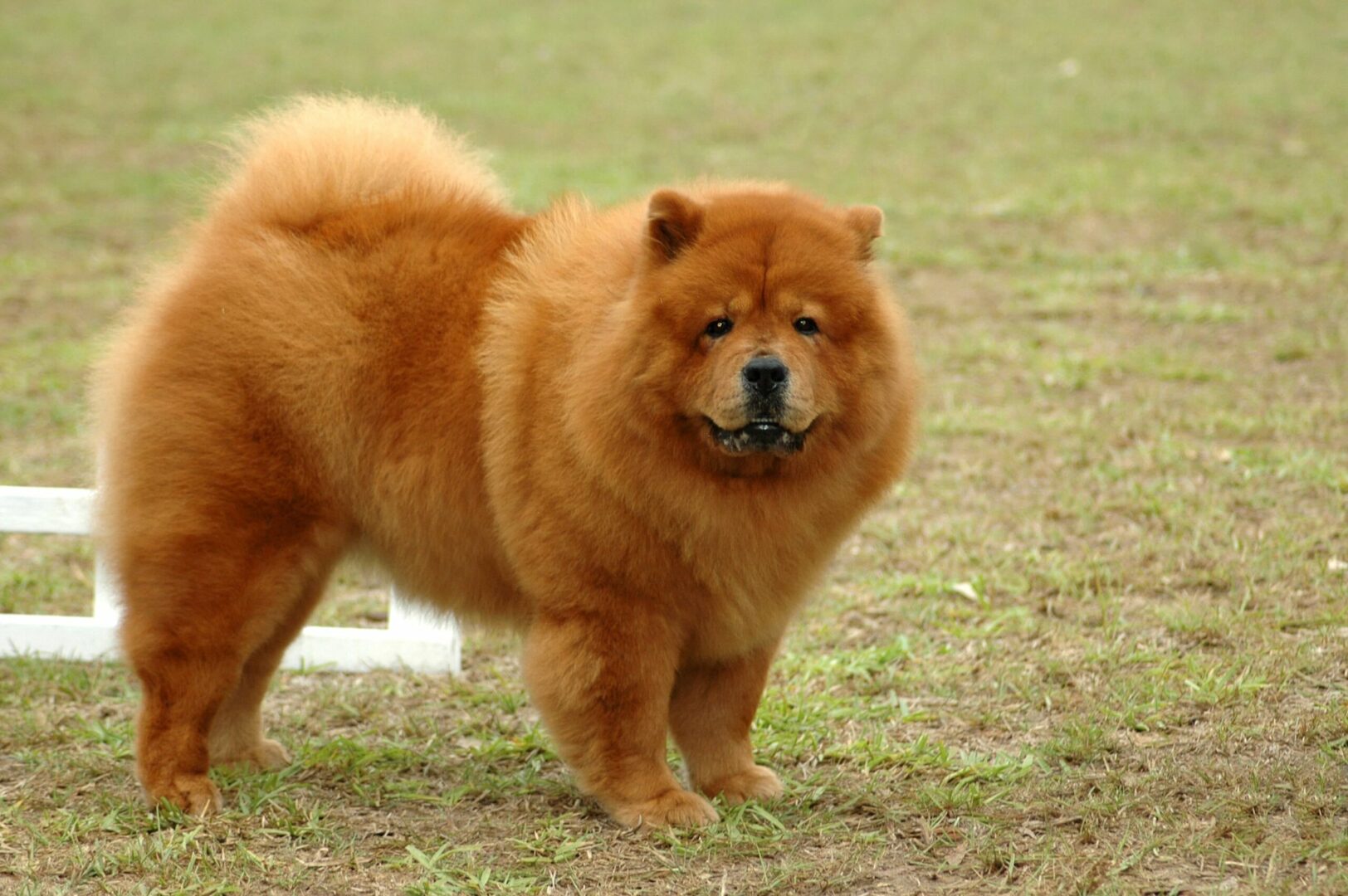
- German Shepherd: These dogs don’t look as fluffy as some of the others listed here, but they were bred in the cold mountainous regions of Germany. They are very active, which keeps them warm, and they have a nice undercoat as well.

- Newfoundland: These dogs have very heavy, waterproof coats, because they were bred to be companions for fishermen. They also have very strong bodies and sturdy balance, so they are well suited for living in icy climates.
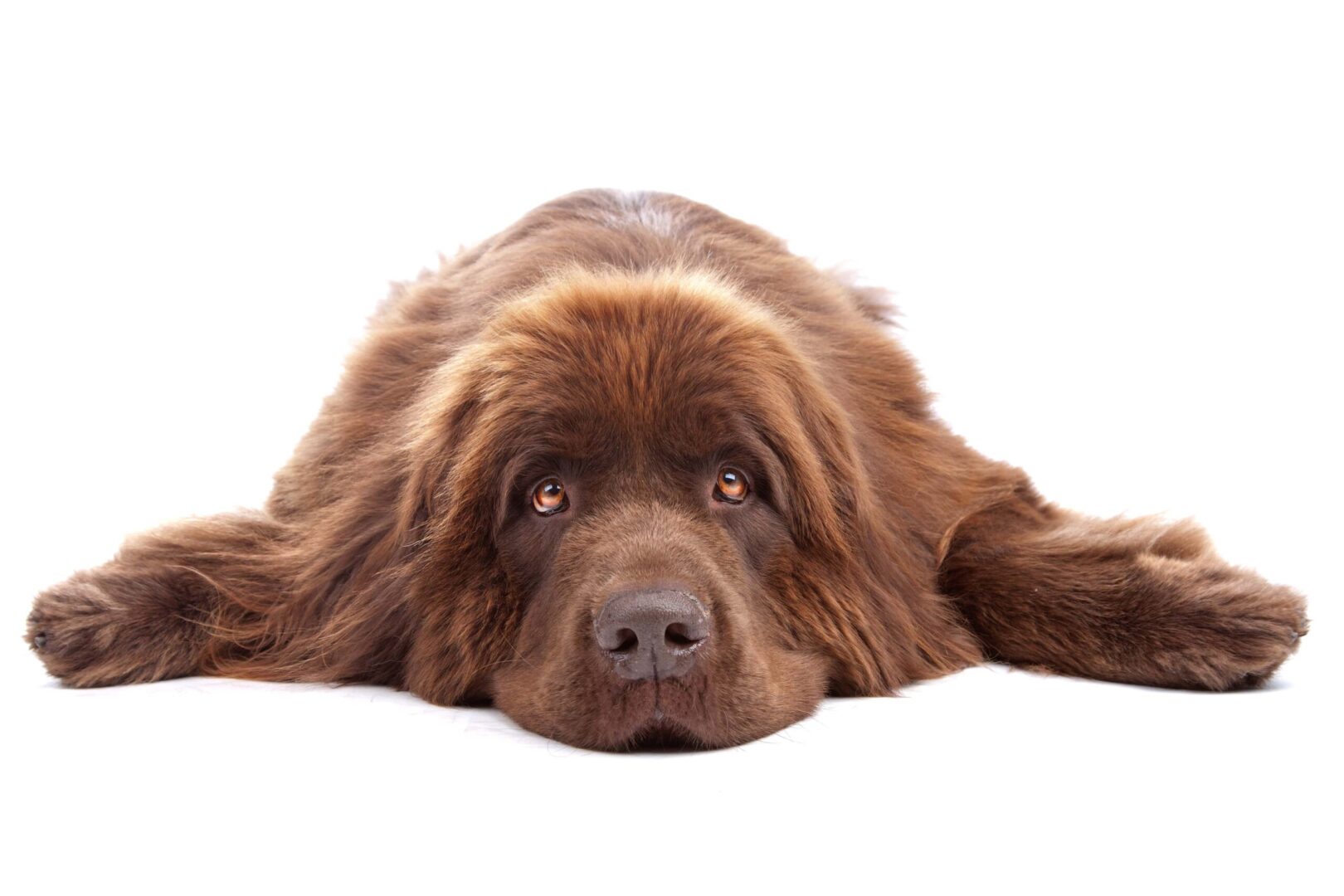
- Saint Bernard: These big slobbery hounds have that bushy undercoat that keeps them warm, and were specifically bred to hike through snowy mountains for days as drafting dogs.
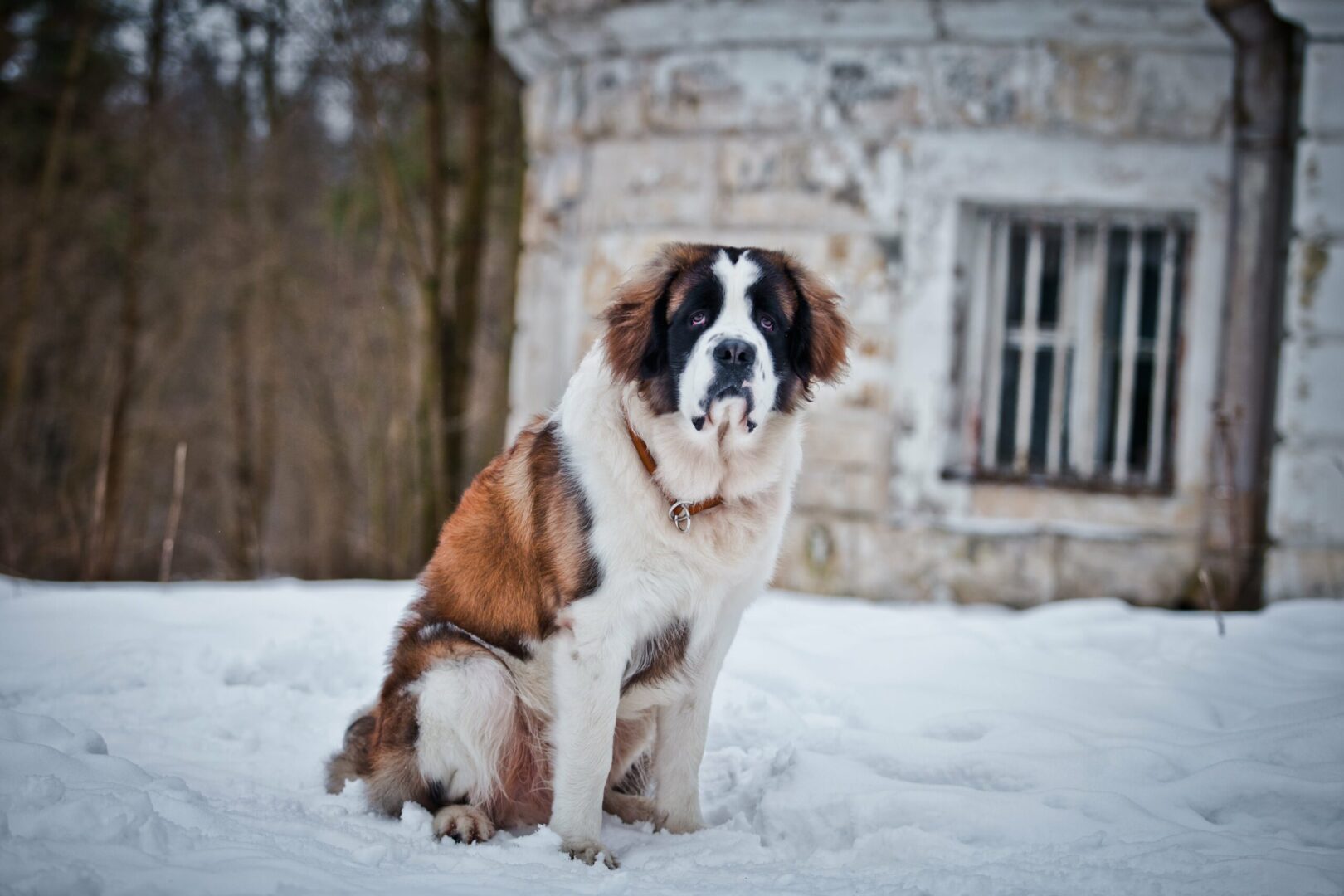
- Siberian Husky: Also bred as a sledding dog in Alaska, these dogs were made for traversing cold landscapes.
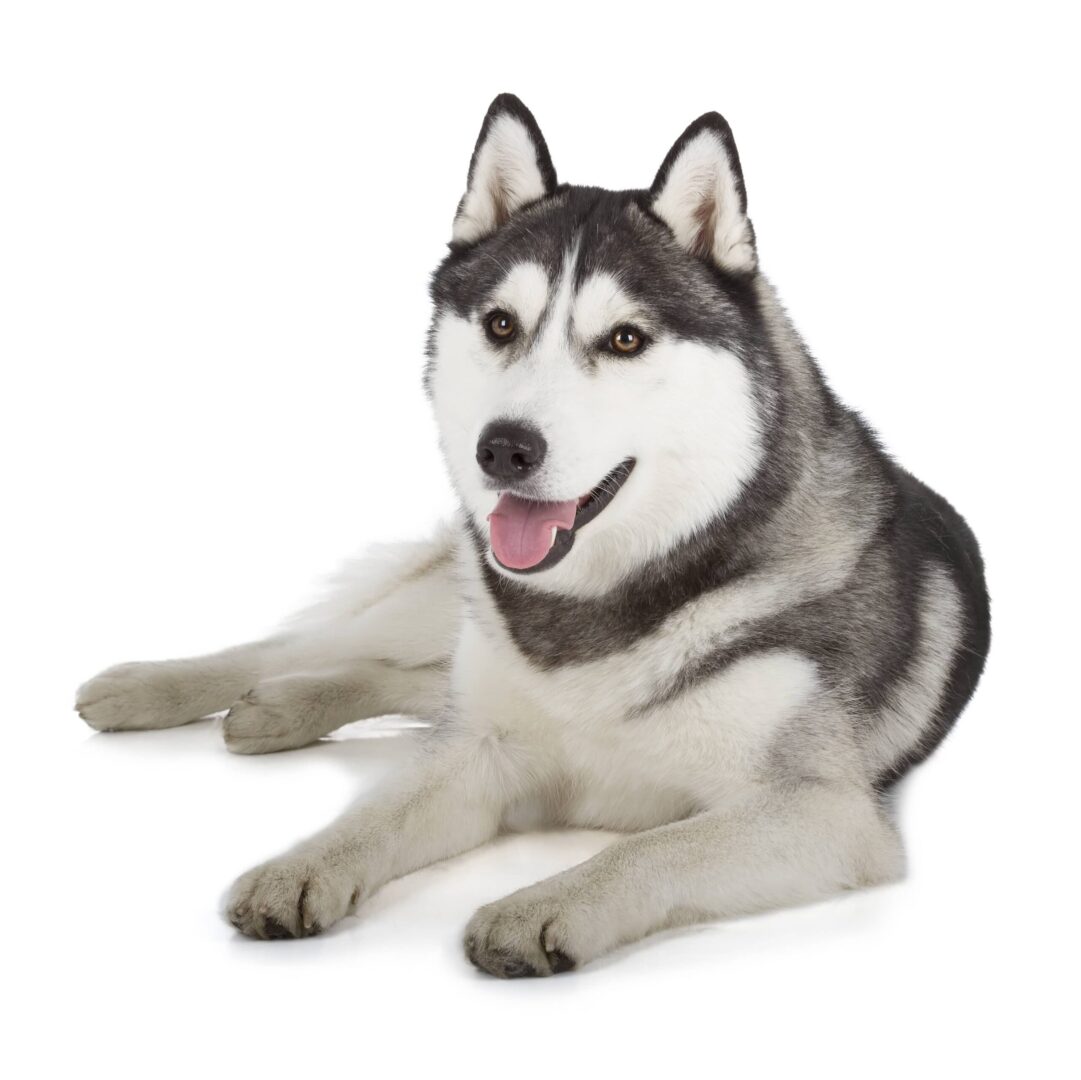
- Tibetan Mastiff: These dogs have a very insulating double coat that keeps them warm, and they are often referred to as lion dogs because they have “manes” of fur around their head and ears.
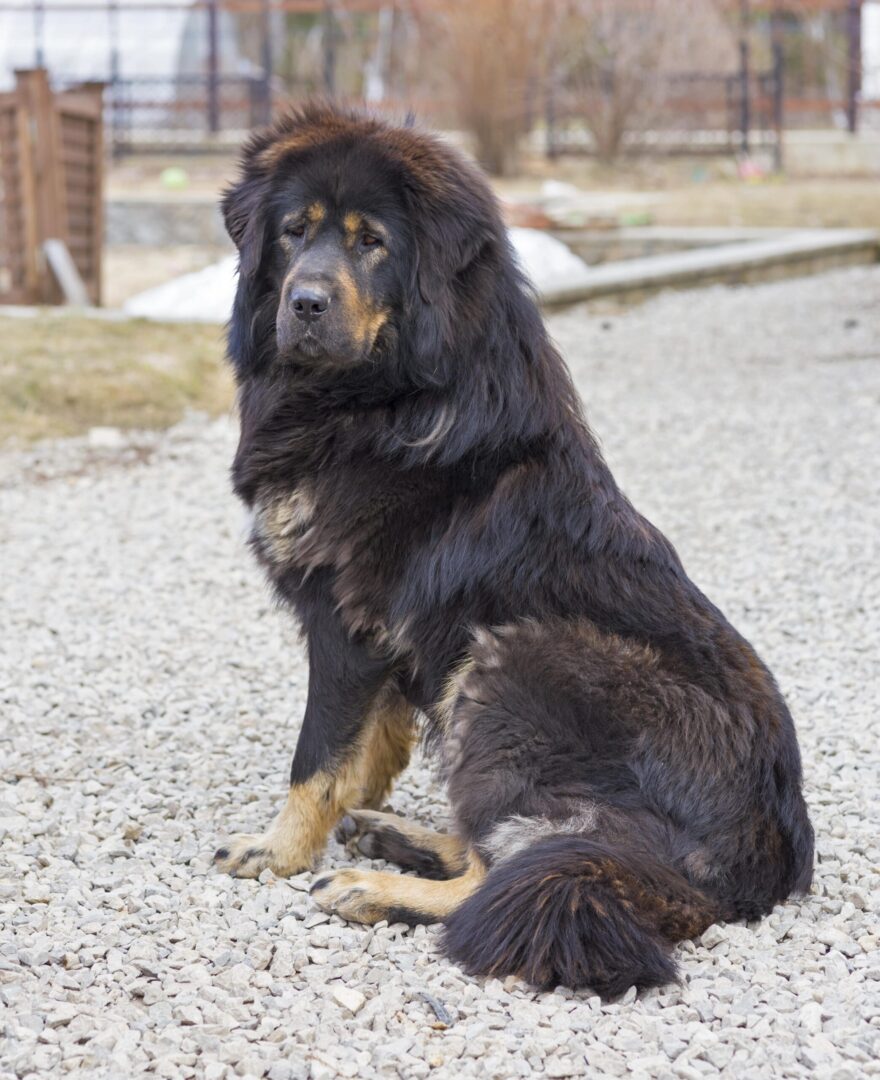
- ShibaInu: Here’s a slightly smaller breed that is great for snow-lovers. They have very thick double coats and they are very active, two things that keep them warm.
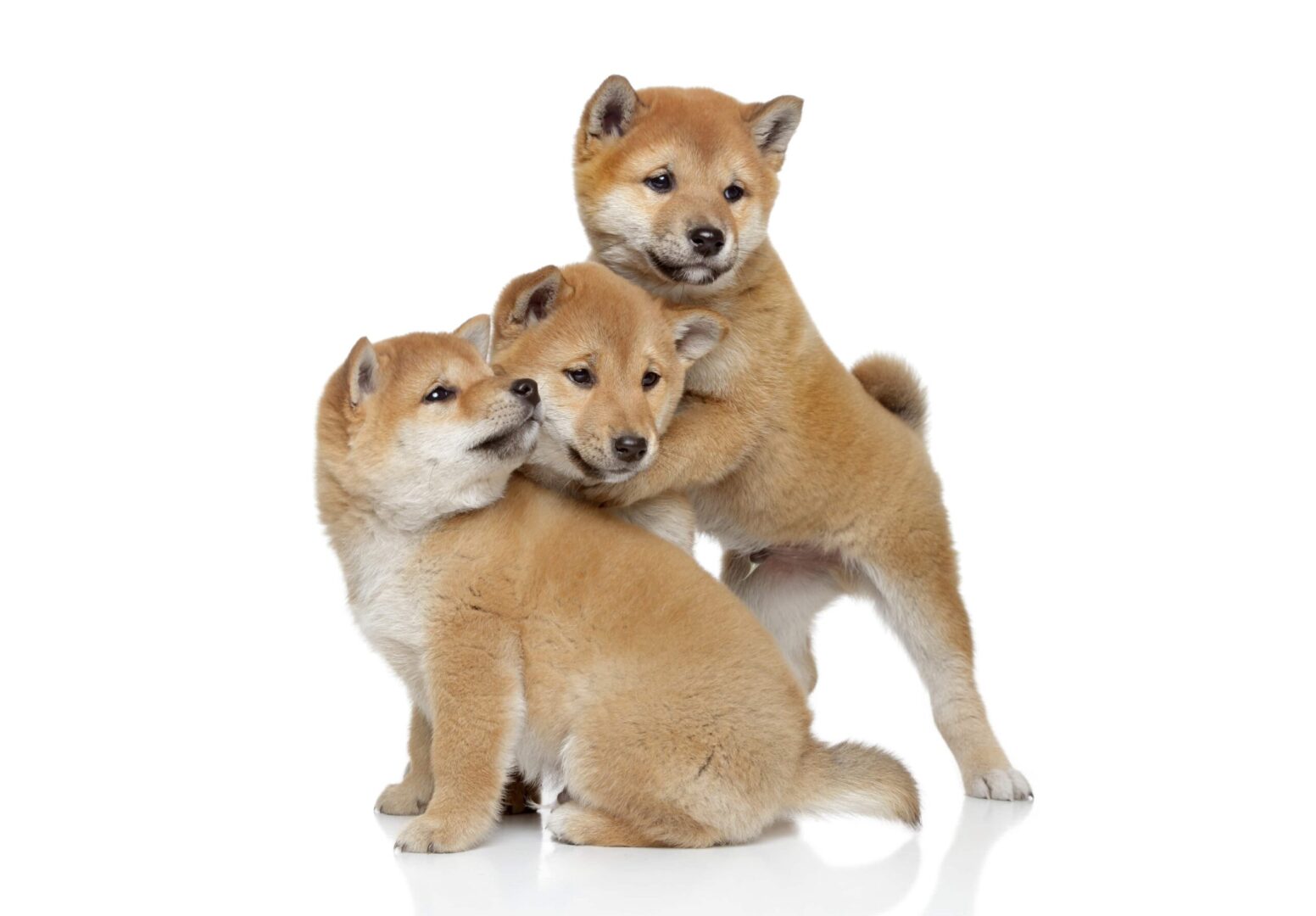
While you can keep any dog safe and warm in the winter, these are some good breeds to consider if you plan to live somewhere that has a long and heavy winter season.
Dogs Care Products On Amazon
Last update on 2024-03-12 at 11:31 / Affiliate links / Images from Amazon Product Advertising API
The Final Verdict
Overall, it isn’t necessarily hard to protect a dog in the winter, it does take just a little bit of forethought. Give your dog warmth and safety, and be sure you’re stocked up on the necessities, and you’ll both have a happier and safer winter!
Related Content:
15 Things to Do Inside with Your Dog This Winter
16 Ways to Keep Your Dog Safe and Comfortable in Winter
How to Care for Your Pit Bull in Extreme Weather
Sources:-
https://www.thespruce.com/winter-safety-for-your-dog-1117452
https://www.avma.org/public/PetCare/Pages/Cold-weather-pet-safety.aspx
https://www.outsideonline.com/1859446/20-best-cold-weather-dog-breeds

